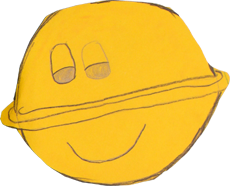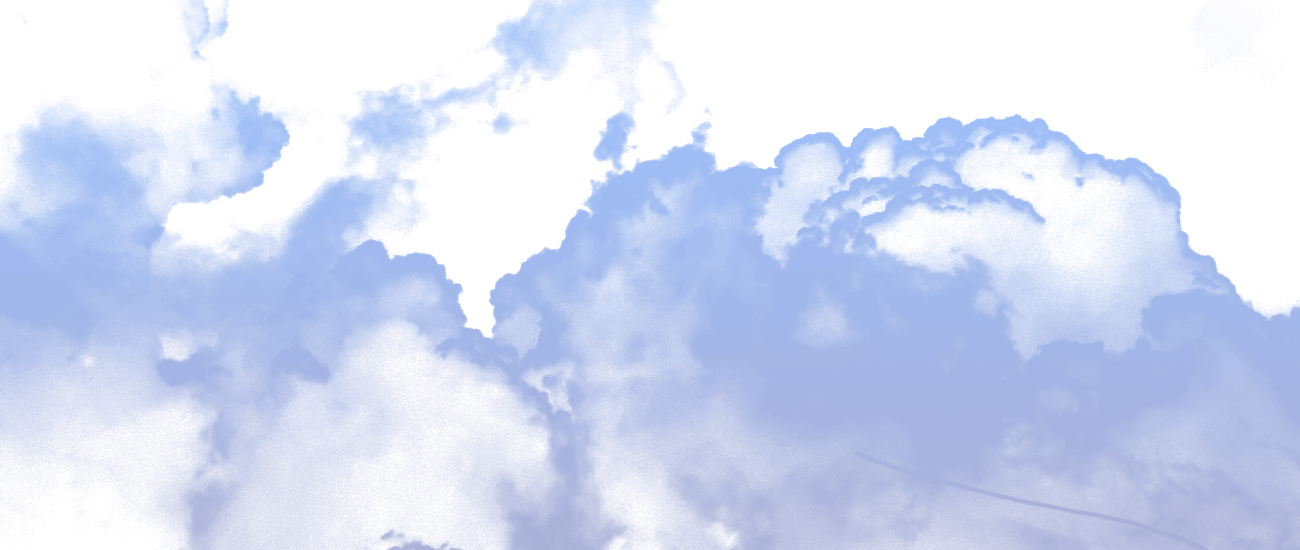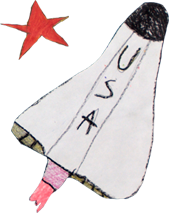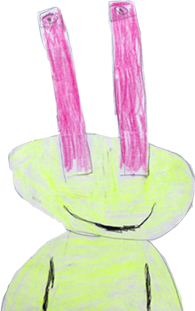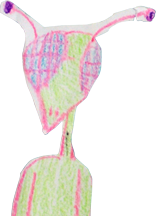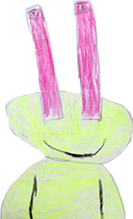BRAIN STEM GLIOMAS IN CHILDHOOD
By Dana R. Foer, PA-C & Paul Graham Fisher, MD, MHS
Brain stem tumors are perhaps the most dreaded cancers in pediatric oncology, owing to their historically poor prognosis, yet they remain an area of intense research. Brain stem tumors account for about 10% of childhood brain tumors. Peak incidence for these tumors occurs around age 6 to 9 years. The term brain stem glioma is often used interchangeably with brain stem tumor. More precisely, glioma encompasses tumor types such as ganglioglioma, pilocytic astrocytoma, fibrillary astrocytoma, anaplastic astrocytoma, and glioblastoma multiforme.
Rarely, other tumor types such as atypical teratoid/rhabdoid tumor and primitive neuroectodermal tumor (PNET)/embryonal tumor occur at the brain stem. These entities are quite different from brain stem gliomas, and the following comments do not apply.
Classification
Brain stem gliomas have been classified in the past according to their pathology and location within the brain stem. Terms found in the medical literature include diffuse intrinsic gliomas, midbrain tumors, tectal gliomas, pencil gliomas, dorsal exophytic brain stem tumors, cervicomedullary tumors, focal gliomas, and cystic tumors. A simpler way to classify these tumors is by two categories: typical brain stem glioma and atypical brain stem glioma.
Typical brain stem gliomas infiltrate diffusely throughout the pons (the middle portion of the brain stem), sometimes spreading to the midbrain (the upper portion of the brain stem) or the medulla (the bottom portion of the brain stem). The term diffuse intrinsic pontine glioma is synonymous. By pathology, this tumor is most often a fibrillary astrocytoma or its higher grade counterparts (anaplastic astrocytoma and glioblastoma multiforme).
Atypical brain stem gliomas–perhaps 20% or more of brain stem gliomas–include tumors which are more circumscribed, focal, or contained at the brain stem. These tumors may have cysts or grow out from the brain stem (i.e., exophytic). These tumors more often arise in the midbrain or medulla, rather than the pons. Pathology for these tumors is frequently pilocytic astrocytoma or ganglioglioma, although sometimes fibrillary astrocytoma.
Symptoms
Children with typical brain stem gliomas present with ataxia (clumsiness or wobbliness), weakness of a leg and/or arm, double vision, and sometimes headaches, vomiting, tilting of the head, or facial weakness. Double vision (diplopia) is the most common presenting symptom for these tumors. Symptoms are usually present for 6 months or less at time of diagnosis.
Patients with atypical brain stem gliomas may display some of the same symptoms, although not the usual combination of ataxia, weakness, and double vision. Duration of symptoms is usually greater than 6 months before the tumor is diagnosed.
Diagnosis
Throughout the United States, brain MRI (with and without gadolinium contrast) has become the “gold standard” for diagnosis of brain stem gliomas. Biopsy is almost never indicated for the typical diffuse, intrinsic tumors involving the pons, unless the diagnosis of tumor is in doubt. Biopsy may be indicated for brain stem tumors which are atypical, especially when the tumor is progressive or when surgical excision may be possible.
Spread of these tumors (metastases) outside the brain stem to other sites in the brain or spine is unusual. Thus, staging tests to look for tumor spread, such as spine MRI or lumbar puncture (spinal tap), are usually not performed at diagnosis.
Treatment
Since brain stem gliomas are relatively uncommon and require complex management, children with such tumors deserve evaluation in a comprehensive cancer center where the coordinated services of dedicated pediatric neurosurgeons, pediatric neurologists, pediatric oncologists, radiation oncologists, neuropathologists, and neuroradiologists are available. Also because of the rarity of this disease, children and their families should be encouraged to participate in clinical trials attempting to improve and optimize therapy.
Neurosurgery
Surgery is usually not possible for typical brain stem gliomas. By their very nature, these tumors invade diffusely throughout the brain stem, growing between normal nerve cells. Aggressive surgery would cause severe damage to neural structures vital for arm and leg movement, eye movement, swallowing, breathing, and even consciousness.
Surgery with less than total removal can be performed for many atypical brain stem gliomas. Such surgery often results in quality long-term survivals, without administering chemotherapy or radiotherapy immediately after surgery, even when a child has residual tumor. Surgery is particularly useful for tumors which grow out (exophytic) from the brain stem.
Atypical brain stem tumors which arise at the back of the midbrain (tectal gliomas) should be managed conservatively, without surgical removal. Nevertheless, shunt placement for hydrocephalus (see below) is frequently necessary. These tumors have been described to be stable for many years without any intervention other than shunting.
Radiotherapy
Radiotherapy limited to the involved area of tumor is the mainstay of treatment for typical diffuse, intrinsic brain stem gliomas. A radiation dosage from 5400 to 6000 cGy, administered in daily fractions of 150 to 200 cGy over 6 weeks, is standard. Hyperfractionated (twice daily) radiotherapy has been used to deliver higher irradiation dosages, but has not improved survival for this disease. Hyperfractionated radiotherapy has been associated with a greater dependency on steroids (see below).
Chemotherapy and other drug therapies The role of chemotherapy in typical brain stem gliomas remains unclear. Studies to date with chemotherapy have shown little improvement in survival, although efforts through the Pediatric Oncology Group and Children’s Cancer Group are underway to explore further the use of chemotherapy. Drugs utilized to increase the effect of radiotherapy (response modifiers) have thus far shown no added benefit. Immunotherapy with beta-interferon has also shown disappointing results. Intensive or high-dose chemotherapy with autologous bone marrow transplant or peripheral blood stem cell rescue has not demonstrated any effectiveness in brain stem gliomas and is not recommended.
In atypical brain stem tumors, chemotherapy may be useful in children whose tumors are progressive and not surgically accessible. In children younger than age 3 years, chemotherapy may be preferable to radiotherapy because of the effects of irradiation on the developing brain.
Recurrent or Progressive Brain Stem Gliomas Regrettably, typical brain stem gliomas have a high rate of recurrence or progression. A variety of Phase I and Phase II drug trials are available through the national research consortiums Pediatric Oncology Group and Children’s Cancer Group, and through individual institutions. Oral etoposide (VP-16) (Johns Hopkins Hospital), phenylacetate or carboplatin with RMP-7 (National Institutes of Health/Children’s National Medical Center), and temazolamide (Children’s National Medical Center) are chemotherapeutic agents being studied locally.
Prognosis
Typical brain stem gliomas often follow an inexorable course of progression, despite therapy. A majority of children die within a year of diagnosis. Atypical brain stem gliomas, however, can carry an exceptional prognosis, with long-term survivals frequently reported.
Other Management Issues
Shunts
Roughly 50% of children with brain stem tumors will develop obstructive hydrocephalus requiring a shunt, at some time during the course of their illness. Shunts are simple mechanical tubing devices which divert cerebrospinal fluid trapped in the brain’s ventricles above the tumor to another location in the body, typically the abdomen (peritoneum) as in a ventriculoperitoneal shunt.
Steroids
Dexamethasone (trade name Decadron) is a steroid drug frequently administered to brain stem tumor patients for the swelling and “tightness” of their tumor at the base of their skull. Dexamethasone must be used sparingly! Dexamethasone should never be prescribed prophylactically or “just in case.” That is, this steroid is an extremely effective medicine for symptomatic swelling associated with treatment of a brain stem glioma, particularly with radiotherapy. However, dexamethasone is not necessary unless a child has symptomatic swelling. Dexamethasone has a number of side effects which include mood changes, weight gain, fluid retention, glucose instability, high blood pressure, and increased susceptibility to infection.
Dana R. Foer, PA-C, is a Physician Assistant for the Pediatric Brain Tumor Group and Department of Neurosurgery, the Johns Hopkins Hospital
Paul Graham Fisher, MD, MHS, is Assistant Professor of Neurology, Oncology, and Pediatrics, the Johns Hopkins University School of Medicine, and Director of the Pediatric Brain Tumor Clinics, the Johns Hopkins Hospital

